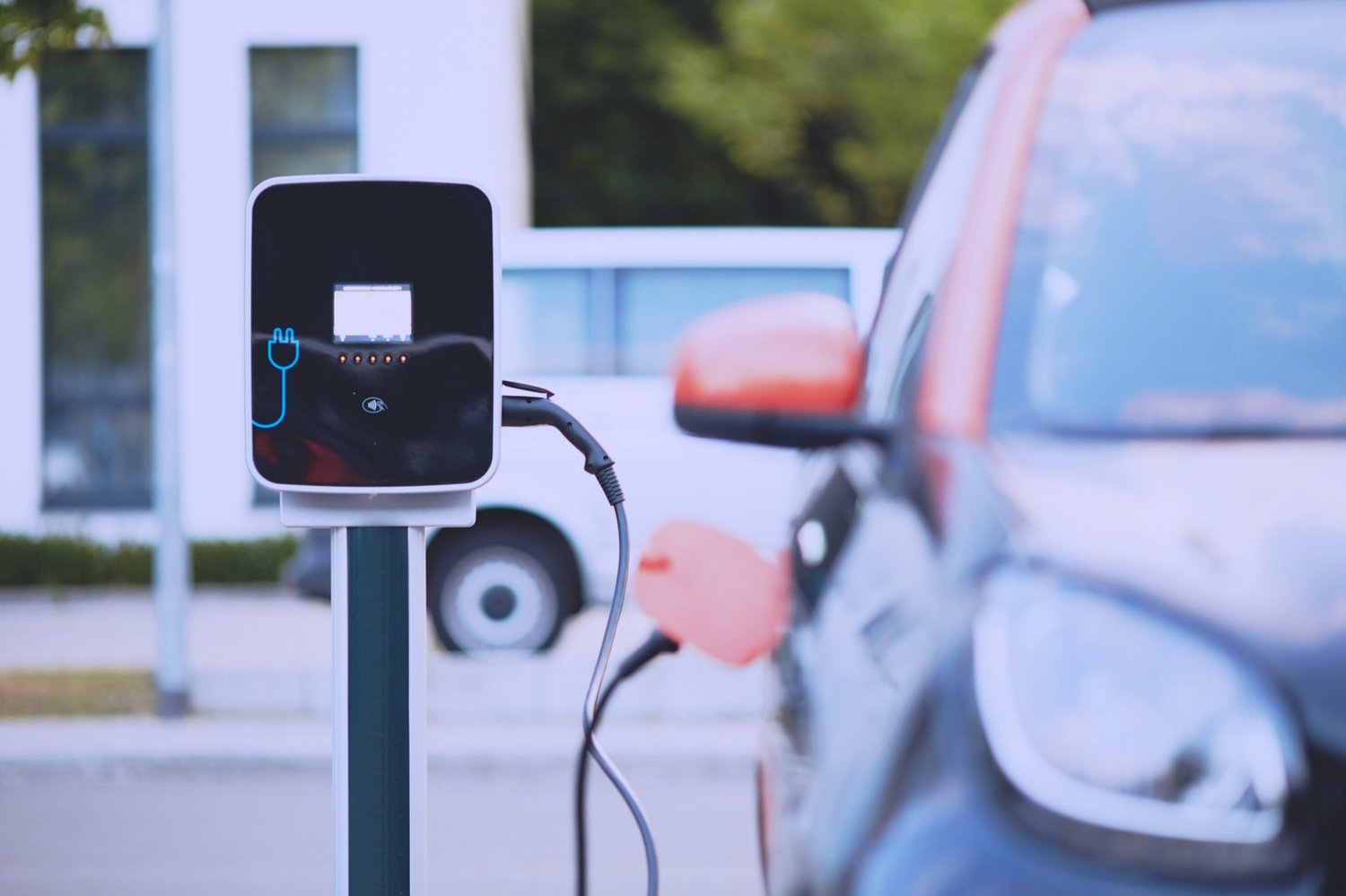The next two decades will revolutionise power and transport – but only if we get their core technology right. Using circular economy principles can help battery supply chains to go sustainable and drive the uptake of new energy and mobility solutions. With the policy agendas of UN Climate Week and the World Economic Forum Impact Summit in view, SYSTEMIQ explains where the circular economy gains are to be made in the battery market.
Next-generation batteries are a crucial enabler for decarbonising the mobility and power sectors. The transition in transport is already shifting industry dynamics, with a boom in electric vehicles set to reshape the sector – and drive a £300bn industry in lithium-ion (Li-Ion) batteries. Electric cars on the roads may be the most visible innovation, but the changes in energy provision could be even more transformative: batteries have the potential to provide an additional 600 million people around the world with electricity, closing the access gap by 70%.
As transport and power sectors look to cut their carbon emissions, batteries could enable 30% of the reduction needed in those sectors for a Paris 2oC scenario. Yet battery manufacturing processes remain energy-intensive, and a rising demand for materials like cobalt raises social and environmental concerns around their extraction – all increasing the pressure to extracting maximum value and manage impact. Here’s where circular economy approaches can help, lowering life-cycle costs and reducing annual greenhouse gas emissions from battery production by around 20%.
These and more insights are announced in a report led by McKinsey, commissioned by the Global Battery Alliance and launched during UN Climate Week. It’s the first study of its kind, presenting a quantitative vision of what a sustainable battery value chain could look like, and a roadmap for industry transition by 2030. The pivotal role of circular economy thinking rests on new analysis by SYSTEMIQ.
Key findings
The report provides key insights for the battery manufacturers, power and transport industries and policy-makers.
-
Some of the usual assumptions of the circular economy apply differently in the battery life-cycle. For example, long lifetimes, low failure rates and smarter battery cell management will mean smaller potential gains from repair or refurbishment. More surprisingly still, recycling isn’t always greener than primary material extraction. Although it may provide only around 10% of global critical battery material demand by 2030, it remains crucial for safe, environmentally sound end-of-life management.
-
Second-life batteries split opinion. Some manufacturers assume new batteries will be the better cost and safety option; others anticipate a large stock of potential storage capacity from second-hand markets.
-
There are clear gains, in CO2 mitigation and value creation, from optimising use. Smart charging and vehicle-to-grid solutions – which use the vehicle’s battery capacity to meet power grid storage demands – are the crucial system approaches. Unlocking up to estimated 250GWh of battery storage capacity they could enable higher renewable energy shares in power grids globally.
-
Taken together, circular economy levers could be the main factor in driving down the effective cost of a battery in a standard passenger car, from $90/KWh towards a target case of $70/KWh – while lowering life-cycle CO2 emissions of the battery by up to 40%.
What’s necessary to unlock this potential?…
-
‘Battery passports’ could become the norm, providing a mechanism for sharing data on the origin of the battery’s materials, helping in turn to extend usable life and ensure correct end-of-life processing. Innovations of this kind could help regulators, manufacturers and international convention bodies to adopt collaborative approaches: from product designs that facilitate disassembly, to harmonising standards on safe transportation.
-
Recycling, both of production scraps and of end-of-life batteries, can deliver gains. High-quality recovery of materials, with low-carbon processes, is a challenge, but innovative processes are in the pipeline and need the right regulation and investment.
-
Regulatory incentives – and collaboration between vehicle original equipment manufacturers, battery manufacturers and the power sector on technical implementation – are needed to make smart charging and vehicle to grid systems work at scale.
-
The next step in pooled mobility is for vehicle manufacturers to develop purpose-built electric vehicles for sharing – again, with the right regulatory incentives and support.
Interested in finding out more? Contact us.

